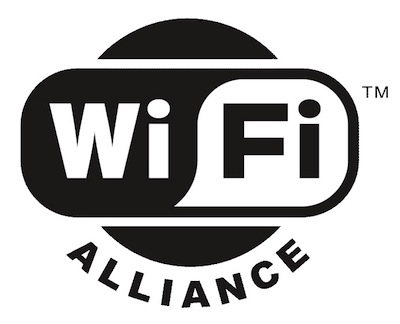
Wi-Fi Alliance Pushes Passpoint As A Solution For Customer And Carrier Data Woes
- Select a language for the TTS:
- UK English Female
- UK English Male
- US English Female
- US English Male
- Australian Female
- Australian Male
- Language selected: (auto detect) - EN
Play all audios:
Out of 1,000 US-based smartphone and tablet owners, 87% of them indicated that they wanted greater Wi-Fi availability for their mobile devices, and 85% said they preferred Wi-Fi over
cellular data “for at least one common online activity.”
That’s all well and good (and not a surprise in the slightest), but what would these people actually do in order to gain access to more Wi-Fi hotspots? Well, 72% of respondents said they
would be willing to pay their wireless service providers more and 70% said they would switch providers just to get access to them.
With carriers pushing smartphones and the wireless data access that accompanies them like crazy, network congestion and management issues can lead to some downright flaky user experiences.
That’s where the Wi-Fi Alliance’s Passpoint program comes into play. Simply put, the Passpoint program (which the working group announced last February) aims to make the process of
transitioning from a mobile network to a Wi-Fi access point as frictionless as possible, most notably by stripping out the need for users to whip out their login credentials.
Instead, a user’s mobile device will be able to connect to a secure Passpoint-friendly network without the user having to lift a finger thanks to some nifty authentication techniques.
There’s a pretty extensive list, but some of them (like SIM authentication) seem to have drawn more attention than others.
The idea of a Wi-Fi network allowing access because of a device’s SIM card is not only thoughtful, it also helps to blur the line between that Wi-Fi connection and the carrier’s own wireless
data network. Assuming the hand-off works without a hitch, users get a better data experience without having to do anything, although plenty of the specifics (how users are billed, when
carrier partners will implement Passpoint, etc.) are still up in the air.
Of course, the carriers get something out of this too. The more users they’re able to offload onto their privately-owned or authorized Wi-Fi hotspots means they’ll be able to ease the strain
on their own wireless data networks. Beyond that, there are some more concrete financial gains to be had — carriers could more easily bolster the strength of their offerings by lighting up
new Wi-Fi hotspots in needed areas, not to mention the possibility of inking roaming deals with other Wi-Fi networks that could be pitched subscribers with the promise of quick and easy
access.
The Wi-Fi Alliance is expected to kick things off more officially in June with the launch of their certification program for mobile devices and wireless infrastructure equipment.
Chris Velazco is a mobile enthusiast and writer who studied English and Marketing at Rutgers University. Once upon a time, he was the news intern for MobileCrunch, and in between posts, he
worked in wireless sales at Best Buy.
After graduating, he returned to the new TechCrunch to as a full-time mobile writer. He counts advertising, running, musical theater, and soup among his myriad interests.